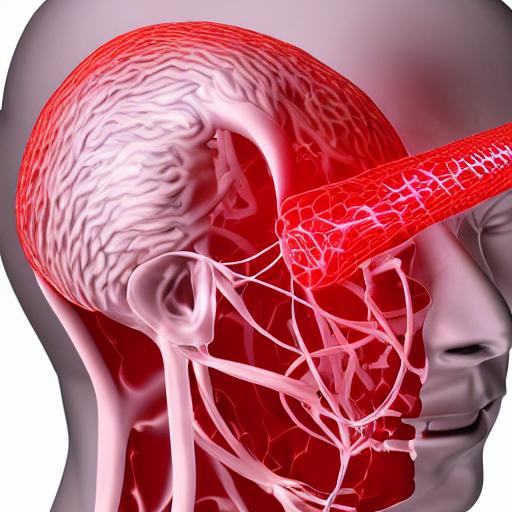Patients don’t always appear with the typical symptoms of a stroke, and other disorders can mimic them, making a diagnosis of a stroke challenging. A machine-learning model that reliably predicts stroke has been developed by researchers using current data, and it may make diagnosis simpler.
Diagnostic mistakes are a significant public health issue that contribute to avoidable patient harm and excessive healthcare spending. Diagnoses that lead to preventable stroke deaths are made 30 times more frequently than those that lead to incorrect heart attack diagnoses.
Due to the fact that stroke’s signs and symptoms can be confused with those of other ailments such seizures, migraines, psychiatric problems, and drug and alcohol intoxication, stroke can be particularly challenging to diagnose. Atypical symptoms may also be present in people who have had strokes. About 25% of stroke victims do not exhibit the typical speech difficulties, facial droop, and limb weakness, thus confusing the capacity of a healthcare professional to make an appropriate diagnosis.
To reduce some of the uncertainty in stroke diagnosis, researchers from Carnegie Mellon, Florida International, and Santa Clara Universities created an automated screening tool utilizing machine learning technology.
According to Rema Padman, the study’s corresponding author, machine learning techniques have been utilized to diagnose stroke by analyzing specific data such as clinical notes and diagnostic imaging results. When patients are originally triaged in hospital emergency rooms, however, such information might not be readily available, especially in rural and impoverished locations.
The researchers analyzed more than 143,000 unique patient records from admissions to Florida acute care hospitals between 2012 and 2014 to create their stroke prediction system. They also included information from the US Census Bureau’s American Community Survey, which covered demographics including age, gender, race, and pre-existing medical conditions.
The stroke prediction made by the machine learning model was 84% accurate. Additionally, it was quite sensitive, performing better than current diagnostic models, which might miss up to 30% of strokes.
Since existing models are only moderately sensitive, there is a risk that they will overlook a substantial portion of stroke patients, according to research main author Min Chen. Their algorithm can supplement existing models to help quickly prioritize patients for appropriate intervention in hospitals with a shortage of medical resources and clinical staff.
The results of the study reveal that this machine learning model is capable of accurately predicting the probability that a person has had or is now experiencing a stroke without waiting for confirmation from diagnostic imaging or laboratory tests.
According to co-author Xuan Tan, their methodology may be especially helpful in tackling the misdiagnosis difficulties when dealing with walk-in patients with stroke who have milder and unusual symptoms. This is because it doesn’t require clinical notes or diagnostic test findings. Additionally, it might be helpful in remote locations with limited access to sensitive diagnostic instruments as well as emergency departments in low-volume or non-stroke centers, where providers have little everyday exposure to stroke.
The researchers draw attention to the fact that their algorithm should be used in conjunction with other stroke diagnosis models and is not meant to be a stand-alone model.
The researchers advise that their algorithm for predicting strokes be added to an automated, computer-assisted screening tool that is available at the time of hospital admission.








